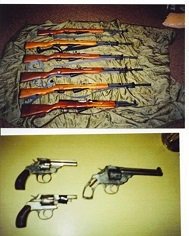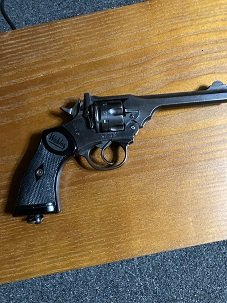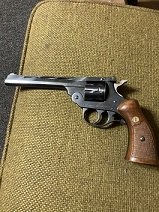BLACKHAWKNJ
Member
- Joined
- Oct 25, 2006
- Messages
- 6,202
- Reaction score
- 6,644
IIRC the 38 S&W has always loaded on the mild side because of the large number of old and lower quality revolvers out there, Iver Johnson changed
the position of the Owl's Head to indicate their revolver was safe for smokeless. The UK loading was originally a 200gr RNL, this was changed to a 173gr cupro-nickel bullet to comply with the Geneva Convention requirements. The British found it was easier to train people with the 380/200. British practice up until WWI at least was that an officer provided his own equipment.
the position of the Owl's Head to indicate their revolver was safe for smokeless. The UK loading was originally a 200gr RNL, this was changed to a 173gr cupro-nickel bullet to comply with the Geneva Convention requirements. The British found it was easier to train people with the 380/200. British practice up until WWI at least was that an officer provided his own equipment.



